blog
Interview with photographer Mick Stetson
F-Stop Magazine: How did you first become involved in photography and what led to you working in this medium as an artist?
Mick Stetson: For me, it was a long, circuitous route. At first, I had a passion for music, especially writing music. However, it was very difficult for me to perform live. I don’t have the type of personality that is comfortable in front of an audience. Gradually, I began exploring art (painting & sketching), studying about all the great art from the Renaissance to the modern era. I was especially interested in the Impressionists. However, this was a lonely pursuit, spending many hours alone, either in a room or outside in nature — also not perfect for me because there was no social interaction. I continued playing and writing music (with some performances) while practicing art because each medium gave me something. Pursuing both together helped me feel more fulfilled creatively, but it seemed there was still something missing.
After a few years of this, I decided I needed to return to university to complete my BA. During that time, one student was presenting photographic works he had created and I was stunned. His work was very creative and although he had just started photography, the work was very good, at least from my naïve, neophyte perspective. I remember saying to myself, “I can do this!” I knew at the end of that slideshow, that I had finally found the creative medium that was perfect for me.
So I immediately, purchased a Nikon FE2 with a 50mm Nikor lens and some black and white film as well as transparency film. I stopped practicing painting, and only occasionally played music because I was spending all my time and energy learning how to use the camera and what the great photographers of the 20th century created using it. I was hooked! Every time I had my film developed I couldn’t wait to see the results — it was as if it was Christmas again, being excited about what the package contains. Sure… there were a lot of really bad photographs, but there was always at least one image that surprised me, and encouraged me to continue.
F-Stop: The “Documentary” issue of F-Stop includes your project “Living Hinduism,“ can you tell us about this project? What led to you creating this project?
MS: It seems I’m always coming at something important by walking around it, not immediately seeing the central aspect, circling and circling until…Smack!…it hits me in the proverbial ‘psyche’ face. And so it was with “Living Hinduism.”
I’ve been doing research on trans-ecological exchanges and ethnic identity along the Silk Roads for 10 years now. I had moved to South Korea in 1997 and after several years there, teaching and photographing the culture, I became interested in knowing the origins of these people. The research I first began in 2004, was focused on this question: “Is there any connection between the pastoralists/nomads of Inner Eurasia and the culture of Korea?” (Later this expanded to include Japanese culture because after living in Japan I began to notice many similarities between the two cultures.) Since the Silk Roads is a vast network of ancient overland trade routes that spread through Asia to the Middle East and to the Mediterranean, I decided that it would be nearly impossible to photograph the cultures that still live along those routes in one lifetime. So, I decided to break it down into a smaller (still formidable) challenge and follow Xuanzang, a 7th century Chinese Buddhist monk, who was an explorer, translator and scholar. His meticulously recorded account of his 10,000-mile journey on the Silk Roads between China and India guided Ariel Stein’s archeological discoveries, and continues to be a major source for modern scholars.
I began my fieldwork for this research in 2008, and have since covered about 60% of the routes the monk traveled from China to northern India. As most Hindus and some scholars concede, Buddhism is a modern expression of the ancient Hindu religion. So, naturally I observed and photographed both Buddhists and Hindus along the routes I traveled. After reading Journey to the West, one of the Four Great Classical Novels of Chinese literature (a fictional account of Xuanzang’s journey), I began suspecting that the author was borrowing legends and stories from other sources than his imagination, Chinese legends and fact. That’s when I began reading The Ramayana, the first Hindu scriptures, written by the poet/sage Valmiki around 500 BCE. My suspicions were confirmed, the legends were almost identical. So in 2013, I began looking more deeply into the culture surrounding Hindu devotees — from the exotic naked sadhus (holy men) at the Khumba Mela event in 2013 to the everyday, ordinary pilgrims.
F-Stop: Can you discuss your process for making these images or your creative process more generally?
MS: I’ve been making photographs for many years, starting with film, then eventually and reluctantly moving to the digital era in 2010. When I first began photography, I focused solely on the creative process. My aim was to create art from the continuum of everyday life, as the great masters of the medium did. But I soon learned that creativity was not going to produce the results I was aiming for and that photography is an hybrid medium, combining technological know-how as well as a creative eye. If I was going to improve the ratio of good photographs over the crappy ones, then I needed to find out from the masters about the technological aspects of photography. So one of the most important things I learned was Ansel Adam’s Zone System and how to adapt it to 35mm transparency photography.
I worked successfully with the system, almost always producing well-exposed photographs; that is until I changed to a digital camera. The digital cameras today are so sophisticated that all you need to do is to put its computer on Aperture Priority and snap away (with nominal adjustments like light temperature, etc.), allowing the camera to determine the best exposure for any type of lighting situation. Or so they say. A year ago, I had a real eye-opener! I was using a software program to review some of my more successful images, and suddenly saw a black & white tab and decided to see what it would look like in that rendering. I couldn’t believe it, the image looked terrible — it was bland, and had none of the excitement or drama of the color rendition. It looked as if I was a beginner that knew almost nothing about the craft that I had studied and practiced for years. It was then that I decided that I was no longer going to let the digital camera control the exposures, giving me average results that needed to be meticulously enhanced in post-production, and never really getting close to what is possible. So I bought a very good light meter, and began to adapt the Zone System to my digital in-camera production (manual mode only!). The results I’ve been getting since are incredible, in both color and in black and white.
F-Stop: Most of the photographs you make have people in them. Do you have a special technique for successfully engaging them in your creative process? Do you get to know the people you are photographing?
MS: It’s kind of ironic now that I mainly photograph people. When I first started I was extremely shy of asking permission to photograph someone. So I focused mainly on landscapes when developing my skills. Eventually, as I got better results, my confidence improved. Also, I started incorporating some Asian philosophies into my process, like Zen. With practice, I learned how to totally immerse myself in the moment that is appearing in front of me. Fear, failure, and even success don’t matter, only capturing the essence of that moment matters. It’s as if my body becomes one big eye; what I see is all that concerns me. When I’m immersed, intuition is my guide, helping me respond in a visceral way to what’s happening in front of me, leading me through the event.
I always get to know my subjects in some way, most always through non-verbal communication, sometimes verbally through a translator. However, sometimes our relationship is less than a minute, sometimes several minutes, sometimes a few hours, other times a year or more. If I create a successful photograph, then I make a print of it and either send it to them (if I was able to get their address) or give it to them when I return. Always, the people are very grateful and it’s probably from that moment forward that a more real, traditional relationship begins. But there are many people who I photograph where this kind of relationship never evolves.
F-Stop: What do you hope people see or feel or perhaps learn when they look at these photographs?
MS: I hope people can see the beauty contained in these ordinary moments and that they gain an understanding and appreciation for other people in the world and their customs. Perhaps they will learn to see the world differently than before. Most of all I hope they learn to respect cultural diversity and see its value — its immense role in helping to protect and sustain our collective knowledge of centuries of experience.
F-Stop: Do you have a favorite image in this series? If so, which one and why is it the image that speaks to you most?
MS: That’s a difficult choice because a lot of it depends on what I’m looking for and my given mood at the time. Initially, I liked the first image in the series the most. It seemed ancient, biblical and at the same time clearly delineating the caste system. The Brahmin priest is in a position of importance (upstage), and the two lower castes (downstage) further distinguished by their position across from each other, one clothed and one naked who is serving the other two.
Now, I really like the 10th image. This was difficult to make because of the crowd of people at the water’s edge made it hard to find a central focus. I made many attempts and then this one appeared in a split second. The woman’s face is the only one looking forward, becoming the main character, with an expression full of devotion, humility and honesty. To me, it really portrays how the ordinary folk feel about their religion.
F-Stop: What is the intended “end” or “purpose” for the project? (i.e, book, multi-media piece, etc)
MS: Initially, I really didn’t have any plan. In the field, I’m not thinking, “Oh…wow…this will make a great multi-media piece, and this is good for a magazine.” I’m only focused on what is being lived out in front of me and how I can get access to this other thing I need to photograph. Of course, when I return home from my fieldwork and I’m making final edits, I start organizing the work into modules with some tentative themes. At that point, I begin to have ideas about how I might be able to share my work and in which media may be possible.
For a year now, I’ve been learning how to record quality sound data from the environment I’m photographing. Since I’m a still-photographer and not a videographer, I need to find an interesting way to use sound with still-photographs. There are some examples on MediaStorm I like. Also, I find the work of John Wynne really exciting. Perhaps I will be able to find a way to use the sound clips I’ve collected so far to create a multi-media piece. However, given the breadth and volume of photographs I’m making related to this project, I would imagine a book — something where I could collaborate with other researchers and/or writers. I envision a book that contains a high level of research that is user-friendly, and a collection of high-quality visuals.
F-Stop: What are you working on now?
MS: As I said earlier, last year I finally began seeing more clearly the culture of Hinduism and how it permeates every aspect of a devotee’s life. However, I was only able to scratch the surface of such a complex religion and culture. This year, I have returned to some of the same places I visited last year, as well as other new places that people have shown me. Although I have made many more photographs and understand much more, there is still more for me to discover. At this point, I can’t see the end yet, so I will continue to explore it.
F-Stop: What photographers or other artists inspire you?
MS: There have been many photographers (Edward Weston, Andre Kertesz, Dorothea Lange, Duane Michals, Mary Ellen Mark, Sebastiao Salgado, Danny Lyons, James Natchwey, Gerd Ludwig, Fan Ho) and artists (Van Gogh, Matisse, Dali, Tom Thompson, Georgia O’keefe, Frida Kalho, Francis Bacon, Rodin, Henry Moore) that have inspired me. Some I could only read about and see their work in books, magazines or museums, while others I had the great fortune to meet and learn directly from (Jay Maisel, Joe McNally, Steve McCurry). However, the photographers that influenced me the most and continue to inspire me are Henri Cartier Bresson, Eugene Smith and Bill Allard.
F-Stop: What is the best career advice you have ever received?
MS: Bill Allard once said to me: “You have to take photographs that no one else is taking. You have to go (perhaps physically, but more importantly…mentally) where no one else is going. You have to learn to see beyond the obvious and be open to serendipity.” This was relevant when I first heard it, but it is even more important today as the world is inundated with visual media — from amateurs to professionals. So following your personal vision is absolutely essential.
In addition, if I’m going to pass on some advice gained through my own experience it would be:
Find your own passion — find the thing that you cannot live without. If it is something you cannot truly live without, then success or failure will matter very little. What will matter is that you can follow your passion, it will be as essential to your well-being (and others) as breathing.
In Hinduism, this is called your dharma — the true self. Fortunately, I have found it.
For more of Mick Stetson’s work: www.mickstetson.com
Location: Online Type: Featured Photographer, Interview
Events by Location
Post Categories
Tags
- Abstract
- Alternative process
- Architecture
- Artist Talk
- Biennial
- Black and White
- Book Fair
- Car culture
- charity
- Childhood
- Children
- Cities
- Collaboration
- Cyanotype
- Documentary
- environment
- Event
- Exhibition
- Family
- Fashion
- Festival
- Film Review
- Food
- Friendship
- FStop20th
- Gun Culture
- Italy
- journal
- Landscapes
- Lecture
- love
- Masculinity
- Mental Health
- Museums
- Music
- Nature
- Night
- photomontage
- Podcast
- Portraits
- Prairies
- River
- Still Life
- Street Photography
- Tourism
- UFO
- Wales
- Water
- Zine

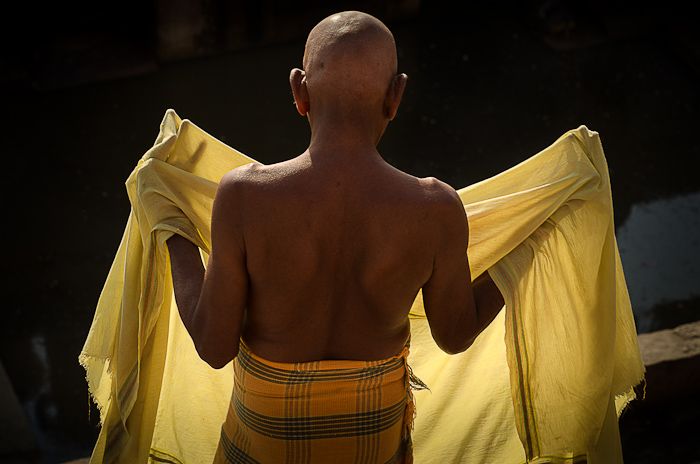
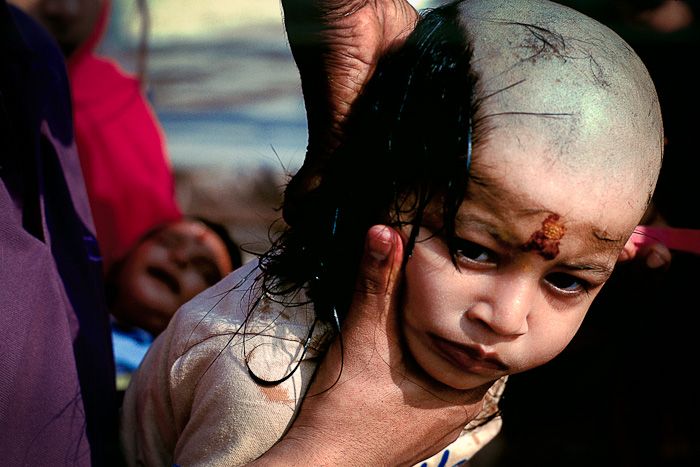
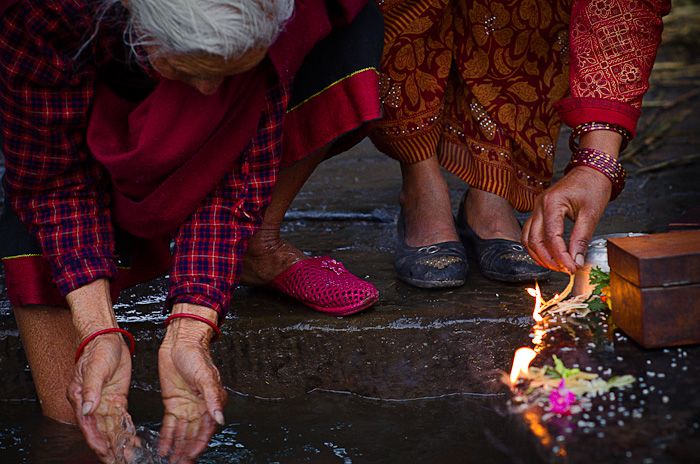
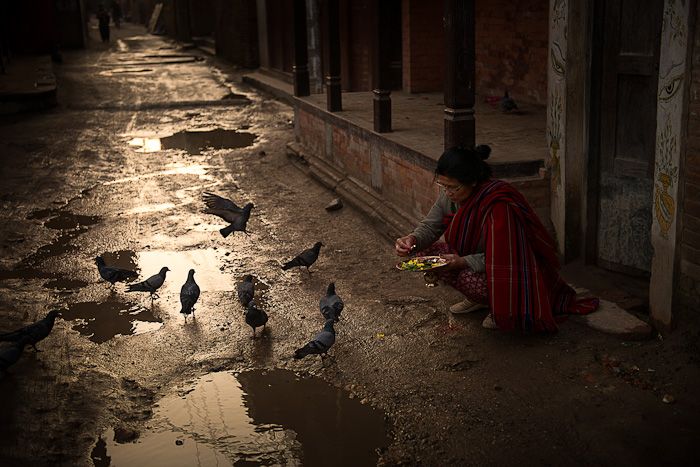
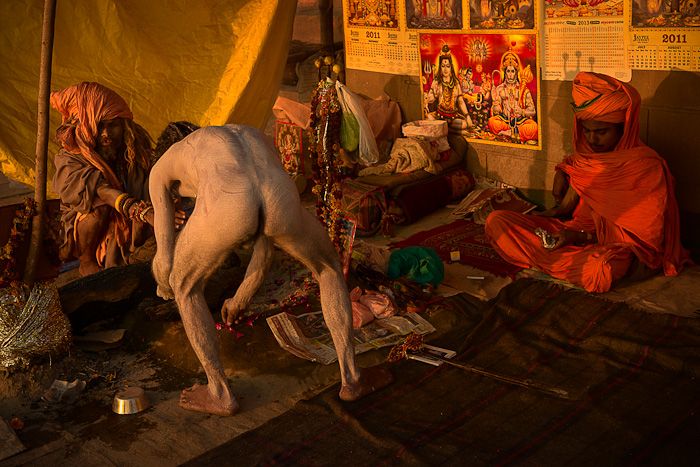
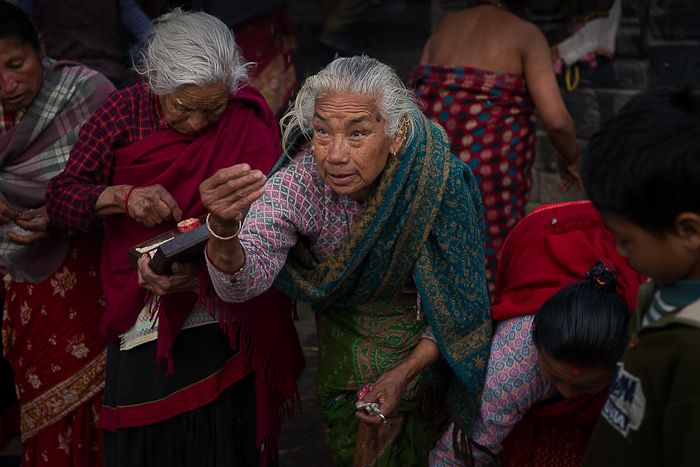
Leave a Reply